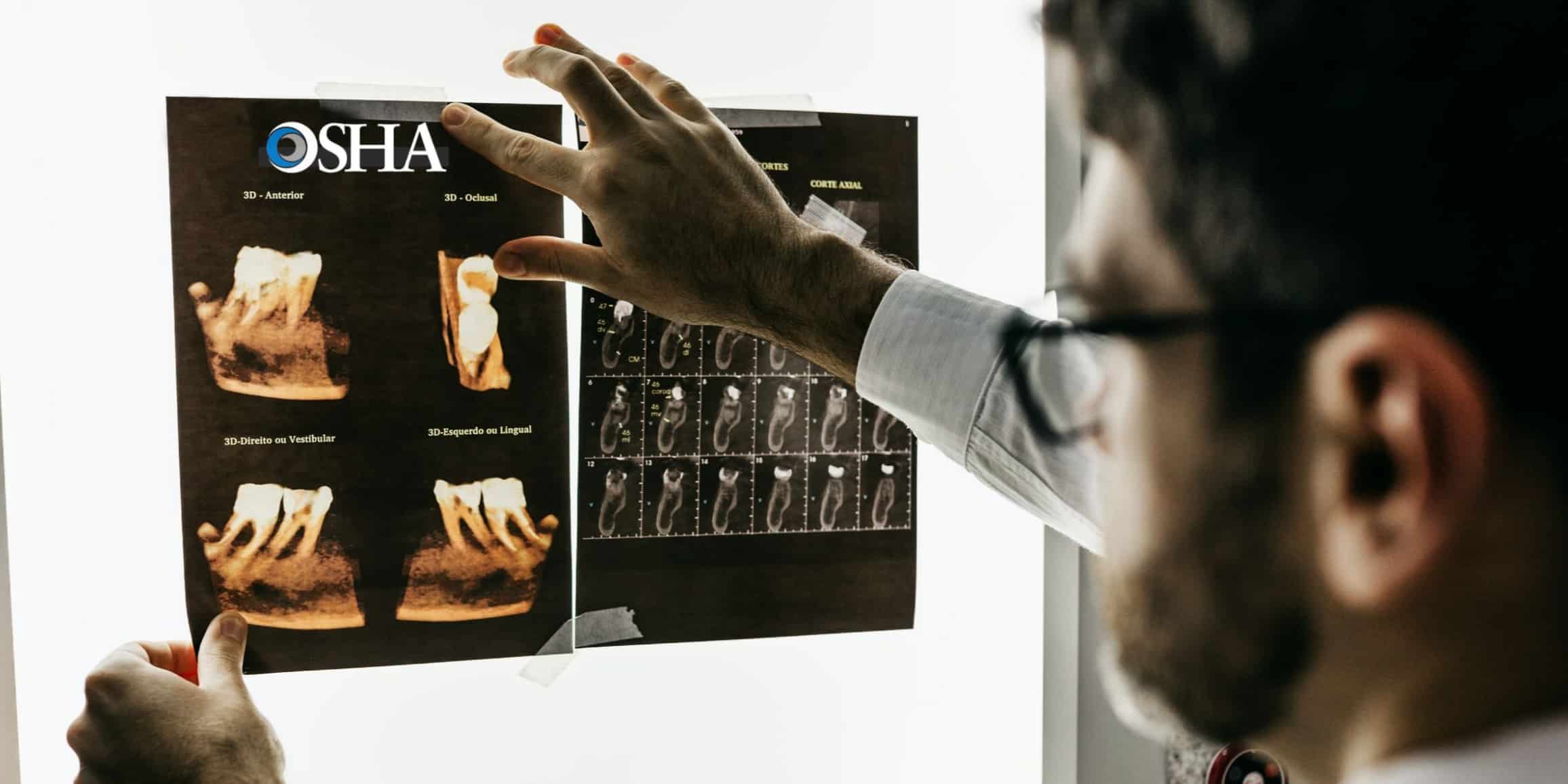OSHA Regulations for Dental X-rays
Many people think that OSHA only affects high-risk industries such as construction, logging, and mining. But OSHA regulations for dental x-rays can leave violators subject to serious fines.
OSHA Regulations for Dental X-rays – Monitoring is a Must
The OSHA regulations for dental x-rays are based upon the Nuclear Regulatory Commission Standards found in Title 10 of the Code for Federal Regulations. This regulation requires monitoring of employees who are likely to receive more than 0.5 rems of exposure on an annual basis. Pregnant employees are limited to 0.1 rems of exposure annually.
Dental office employees are subject to monitoring because of the x-ray and other imaging equipment used for patient diagnosis. For comparison, the average American receives approximately 0.62 rems of exposure annually from naturally occurring background sources.
Every dental office must establish a baseline of in-office exposure. Without this, it will be impossible to demonstrate compliance with the OSHA regulations. It also provides peace of mind to employees and could provide early notice if an imaging device is not working correctly.
The easiest way to document exposure is by wearing radiation dosimeters badges outside of any personal protective equipment. By changing out the badges regularly and documenting the exposure levels upon replacement, an office can establish the necessary baseline needed to demonstrate office exposure levels.
If the levels fall below the regulatory standards, the case can be made to suspend continuous employee monitoring. It is wise to consider monitoring every 3-5 years to ensure that nothing has happened to adversely affect the exposure levels in the office.
OSHA Regulations for Dental X-rays – Maintenance Matters
Employees must also receive regular training on OSHA hazards, proper operation and maintenance of equipment, and ways to minimize radiation exposure through the use of standard controls.
These controls include:
- distance (maintaining at least 6 feet from the source)
- barriers (taking the x-ray behind a wall)
- positioning (staying perpendicular to the beam)
Effective use of controls can reduce exposure to non-detectible levels in most dental offices.
OSHA Regulations for Dental X-rays – Providing the Proof
As is true with most government regulations, what you do to comply with OSHA only counts if you can provide proof. Having an effective OSHA compliance plan that includes documentation of required training and activities is essential to avoid violations and fines. Compliancy Group has an OSHA for Dental Offices add-on to help your office achieve, illustrate, and maintain your OSHA compliance.







